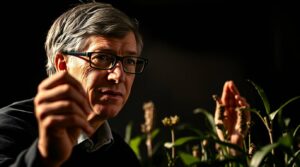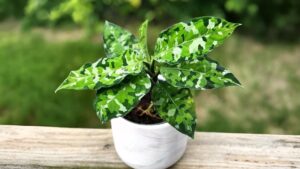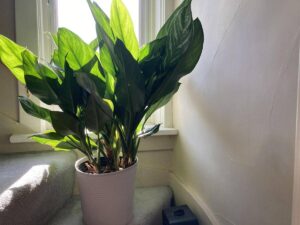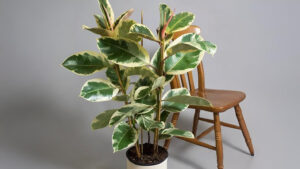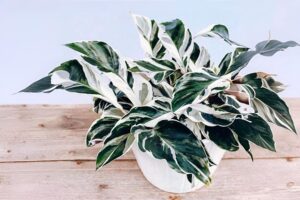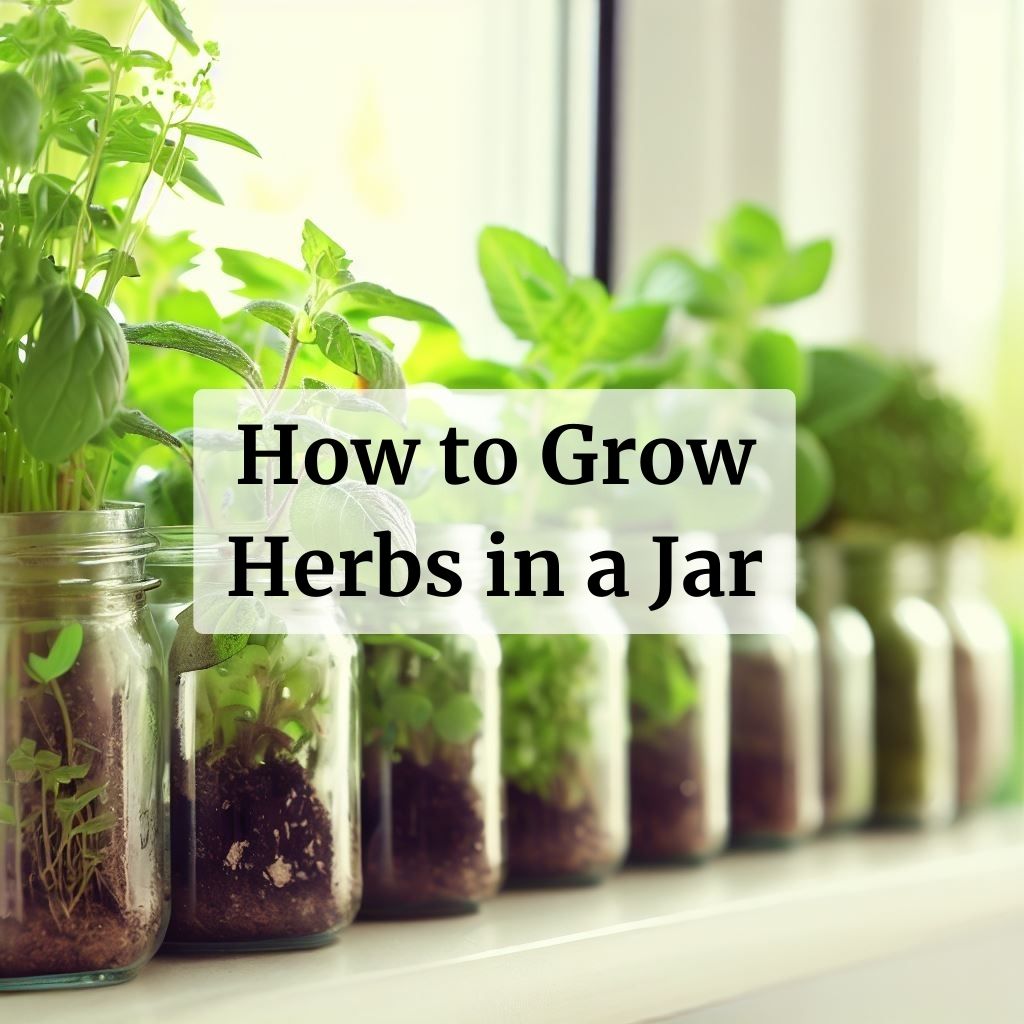
Growing herbs in jars offers the convenience of having fresh basil, mint, or rosemary right at your fingertips, without having to step outside. In this guide, we’ll walk you through the steps, share personal insights, and provide tips on how to create your own thriving herb garden in jars.
In this article
Choosing the Right Herbs
To embark on this delightful herb-growing journey, you need to select the right herbs. While most herbs can be grown in jars, some are better suited for indoor cultivation. Here are a few herbs that flourish in confined spaces:
| Herb | Description | Recommended Varieties for Planting in Jars |
|---|---|---|
| Basil | A versatile herb that thrives indoors. Perfect for garnishing salads, making pesto, or adding flavor to pasta dishes. | Genovese or Sweet Basil |
| Mint | A hardy herb that grows well in confined spaces. Ideal for teas, cocktails, and desserts. | Peppermint or Spearmint |
| Thyme | Low-maintenance herb with tiny, aromatic leaves. Great for jar gardens and pairs well with roasted vegetables and poultry. | Common Thyme, Lemon Thyme, or French Thyme |
| Rosemary | Adds an earthy aroma to your kitchen. Perfect for seasoning meats, potatoes, and bread. | Prostrate Rosemary or Tuscan Blue Rosemary |
Selecting the Right Jars
Now that you’ve chosen your herbs, it’s time to select the perfect jars. The right container can make all the difference in your herb-growing venture. Here’s what you need to consider:
- Size Matters:
- Opt for jars that are large enough to accommodate the herb’s root system but not overly spacious.
- A 6 to 8-inch deep jar is ideal for most herbs, allowing their roots room to grow without drowning them in excess water.
- Drainage is Crucial:
- Ensure your chosen jars have proper drainage to prevent waterlogged roots.
- Drill a few small holes in the bottom of the jar or add a layer of gravel to facilitate drainage.
- Transparency Helps:
- While any glass jar will do, transparent ones have the advantage of allowing you to monitor the root growth and soil moisture levels without disturbing your herbs.
- Aesthetic Appeal:
- Consider the aesthetic aspect as well.
- Jars come in various shapes and sizes, so pick ones that match your home decor and personal style.
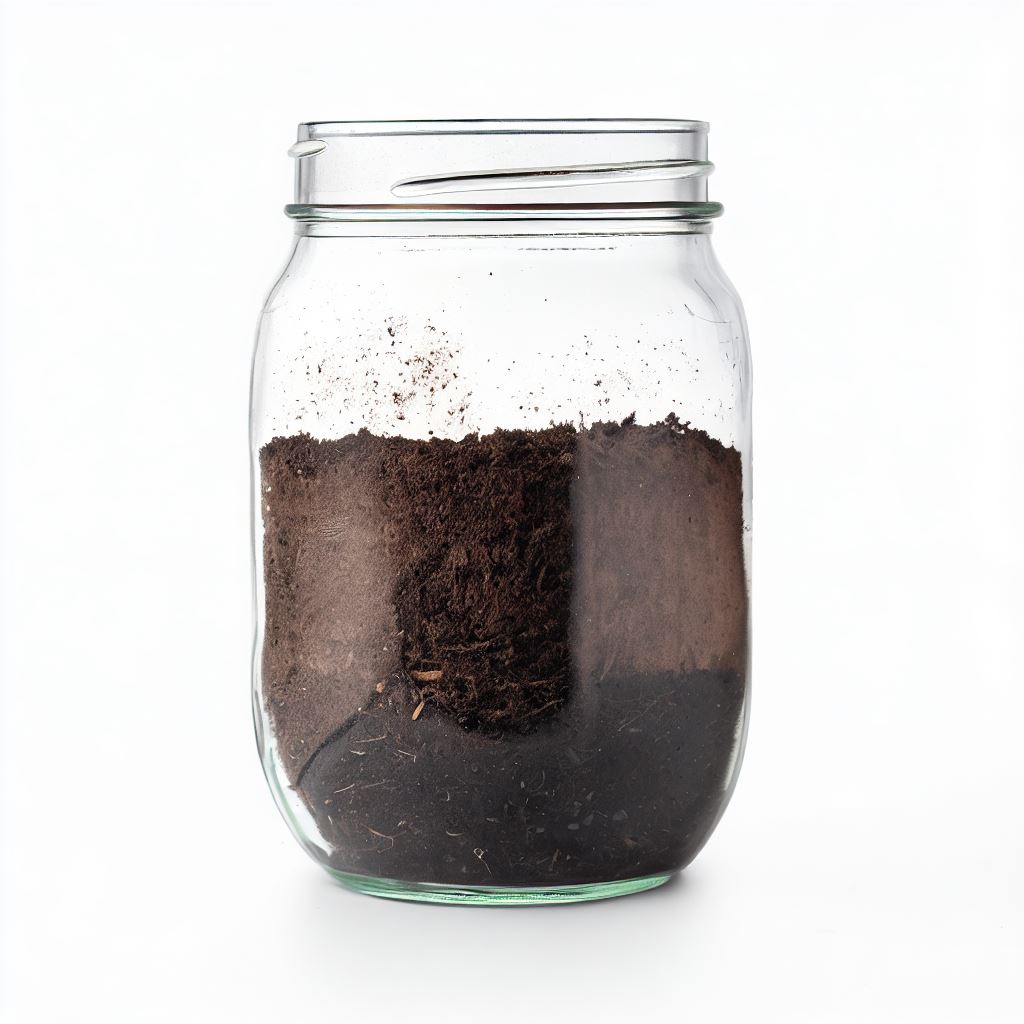
How do you add drainage to a glass jar?
Ensuring that glass jars have proper drainage is essential for preventing waterlogged roots when growing herbs. Here’s how you can add drainage to glass jars:
- Drill Holes: Use a drill with a small bit to create drainage holes in the bottom of the glass jar. Start with one hole and gradually add more if needed. Be sure to wear safety glasses and work in a well-ventilated area when drilling glass.
- Layer of Gravel: Instead of drilling holes, you can place a layer of gravel or small stones at the bottom of the jar before adding the soil. This layer will help excess water drain away from the roots.
- Use a Pot-in-Pot Method: Place a smaller, properly-draining pot inside the glass jar. The inner pot holds the soil and herbs while the outer glass jar acts as a decorative cover. Ensure that the inner pot has drainage holes.
- Add a Cork or Stopper: If you want to maintain the aesthetic appeal of a closed glass jar, you can drill a hole in the lid and insert a cork or rubber stopper with a hole. This allows for limited airflow and drainage while keeping the jar closed.
- Use Self-Watering Inserts: Some self-watering inserts are designed to fit inside glass jars. These inserts typically have a wick or a porous material that draws water up from a reservoir at the bottom of the jar while allowing excess water to escape through drainage holes.
Remember to monitor the moisture levels in the jar and adjust your watering accordingly, as the drainage method you choose will determine how quickly excess water leaves the container. Proper drainage is crucial to prevent waterlogged soil and maintain the health of your herbs.
Planting Your Herbs
With your herbs and jars selected, it’s time to get your hands dirty. Follow these steps to plant your herbs successfully:
Start with Quality Soil
Use well-draining potting soil enriched with organic matter. This provides the right balance of nutrients and aeration for your herbs.
Plant the Herbs
Carefully transplant your chosen herbs into the jars, ensuring that their root systems are adequately covered with soil.
Watering
Moderate watering is key. Herbs in jars are more susceptible to overwatering, so water sparingly. Allow the soil to dry slightly between watering sessions.
Sunlight
Place your herb-filled jars in a sunny spot. Most herbs require at least 6 hours of direct sunlight daily. A south-facing windowsill is often ideal.
Pruning
Regularly trim your herbs to encourage bushier growth and prevent them from becoming too leggy. Pruning also encourages fresh growth.
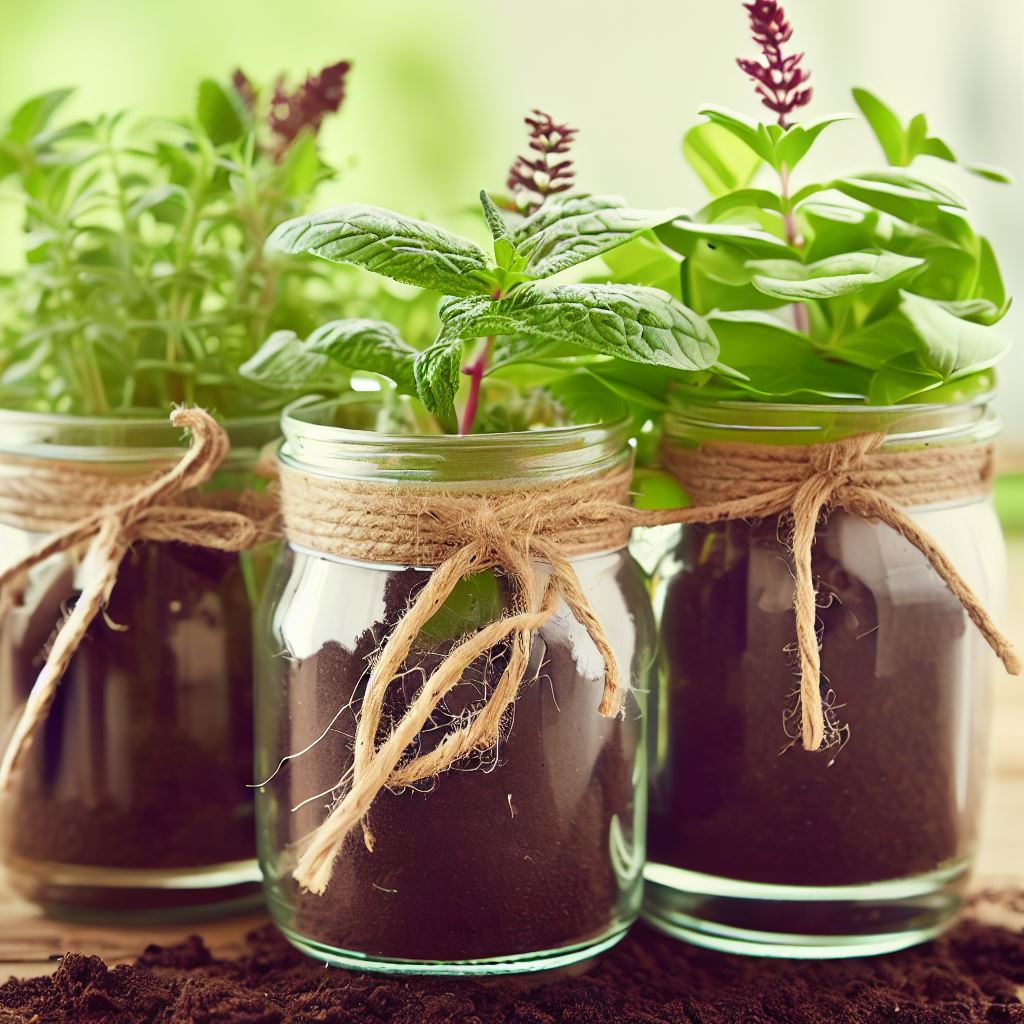
Maintenance and Harvesting
Caring for your jar garden is relatively straightforward. Here are some tips to keep your herbs thriving:
Fertilize Sparingly: Herbs cultivated in jars don’t demand heavy fertilization. Instead, opt for a more conservative approach. Use a diluted, balanced liquid fertilizer approximately once a month during the growing season. This modest feeding regimen will provide your herbs with the necessary nutrients without overwhelming them.
Monitor Moisture: Maintaining the right moisture levels in your herb jars is crucial for their well-being. Regularly check the soil’s moisture levels by inserting your finger into the soil up to your knuckle. If it feels dry at this depth, it’s a clear signal that it’s time to water your herbs. Consistency in monitoring and watering will help keep your herbs thriving.
Harvest with Care: When it’s time to enjoy the fruits of your indoor herb garden, practice gentle harvesting. Pinch off leaves or stems as needed, being careful not to damage the plant. This delicate approach not only ensures a bountiful harvest but also promotes continued growth, allowing your herbs to flourish.
Rotate for Even Growth: To promote uniform growth and ensure that all sides of your herbs receive adequate sunlight, make it a habit to rotate your jars every few days. This simple step prevents your herbs from leaning or reaching excessively towards the light source, promoting balanced and healthy development.
Prevent Pests: While your indoor herb garden is a source of delight, it can also attract unwanted guests like aphids or spider mites. Keep a vigilant eye out for these potential pests. If you happen to spot any, don’t fret. You can treat your herbs with a gentle insecticidal soap to keep these nuisances at bay. A proactive approach to pest control will help your herbs thrive without interference.
Growing herbs in jars can be a rewarding and fulfilling experience. It brings the joy of gardening right into your home, enhancing your culinary creations with fresh, aromatic herbs. Stay tuned for the second part of this guide, where we’ll delve into creative jar choices, display ideas, and more tips for maintaining your thriving herb garden.
Cultivating herbs in jars is not only a practical way to have fresh flavors at your fingertips but also a delightful indoor gardening project. With the right herbs, jars, and care, you can nurture your own mini herb garden and enjoy the satisfaction of growing your own ingredients.
Happy gardening!
Frequently Asked Questions:
Can I use any glass jar for growing herbs?
While you can use any glass jar, transparent ones are preferable as they allow you to monitor your herbs’ growth. Just ensure it has proper drainage.
What herbs are suitable for jar gardening?
Herbs like basil, mint, thyme, and rosemary are great choices for jar gardening due to their compact growth and suitability for indoor cultivation.
Can I grow multiple herbs in one jar?
It’s best to plant one herb per jar to prevent competition for resources and ensure each herb thrives.

